1. Arrays e Linked Lists
Arrays
An array is a collection of elements stored in contiguous memory locations.
Characteristics:
- Fast access to any element using an index.
- Insertion/removal can be costly.
Linked Lists
A Linked List is a data structure where each element (node) points to the next.
Characteristics:
- Efficient insertion/removal.
- Sequential access.
2. Hash Tables
Hash tables store data in key-value pairs with fast lookup using hashing.
3. Heaps, Stacks, and Queues
Heaps
A heap is a special binary tree used to quickly access the smallest (min-heap) or largest (max-heap) element.
Stacks
A stack follows the LIFO (Last In, First Out) principle.
Queues
A queue follows the FIFO (First In, First Out) principle.
4. Binary Search Tree (BST)
A BST is a binary tree where the left subtree contains smaller values and the right subtree, larger ones.
5. Recursion
Recursion is when a function calls itself.
6. Sorting Algorithms
Bubble Sort
Merge Sort
Conclusion
Data structures and algorithms are essential for building efficient and scalable solutions. They are found in everyday tasks such as searching through lists, organizing files, queue systems, and much more.




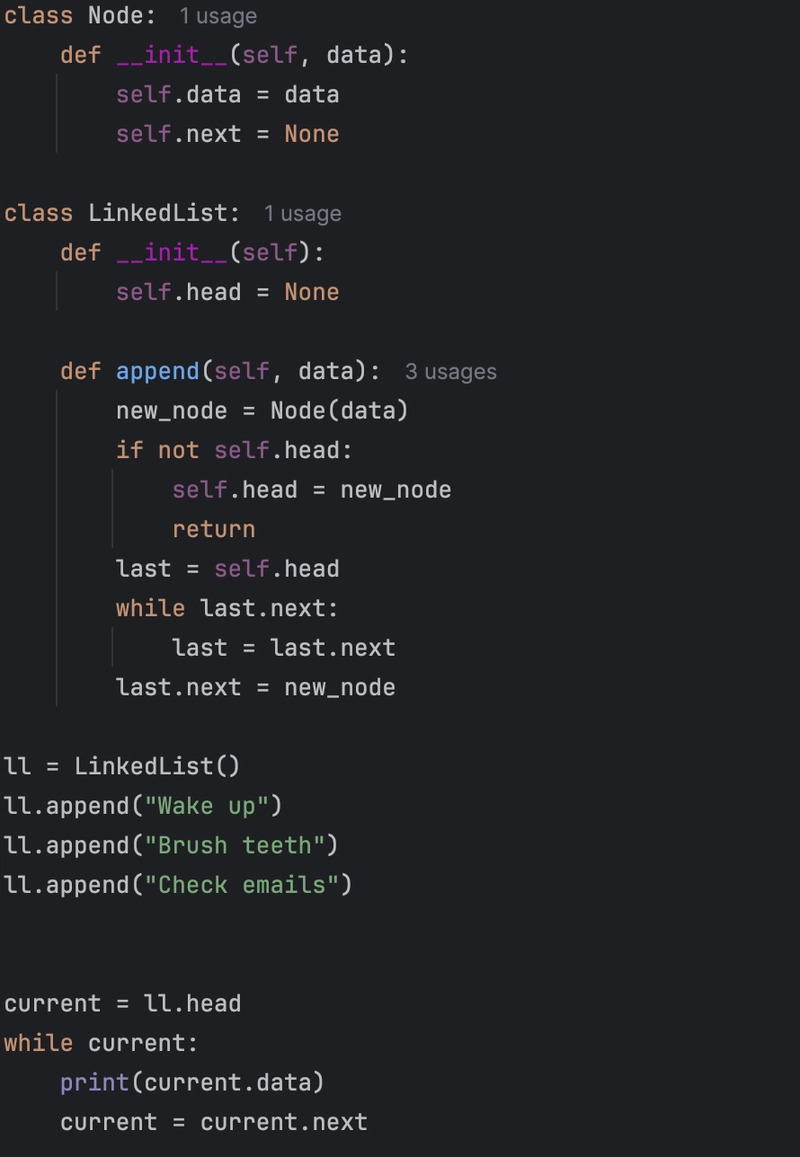

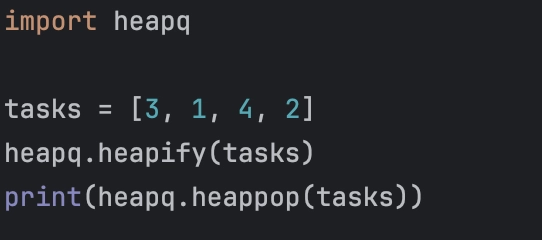
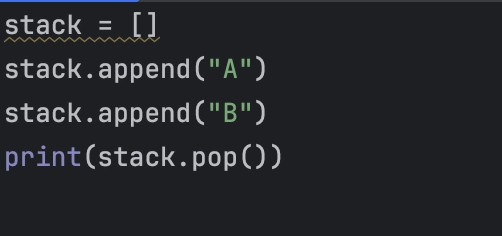
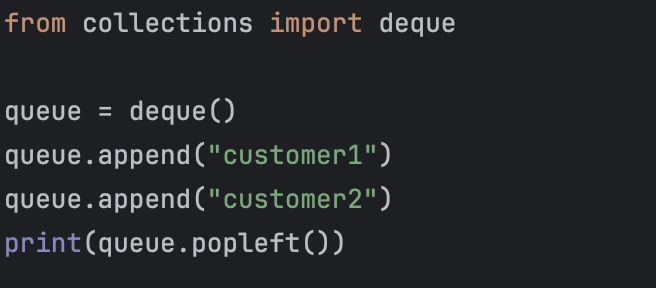
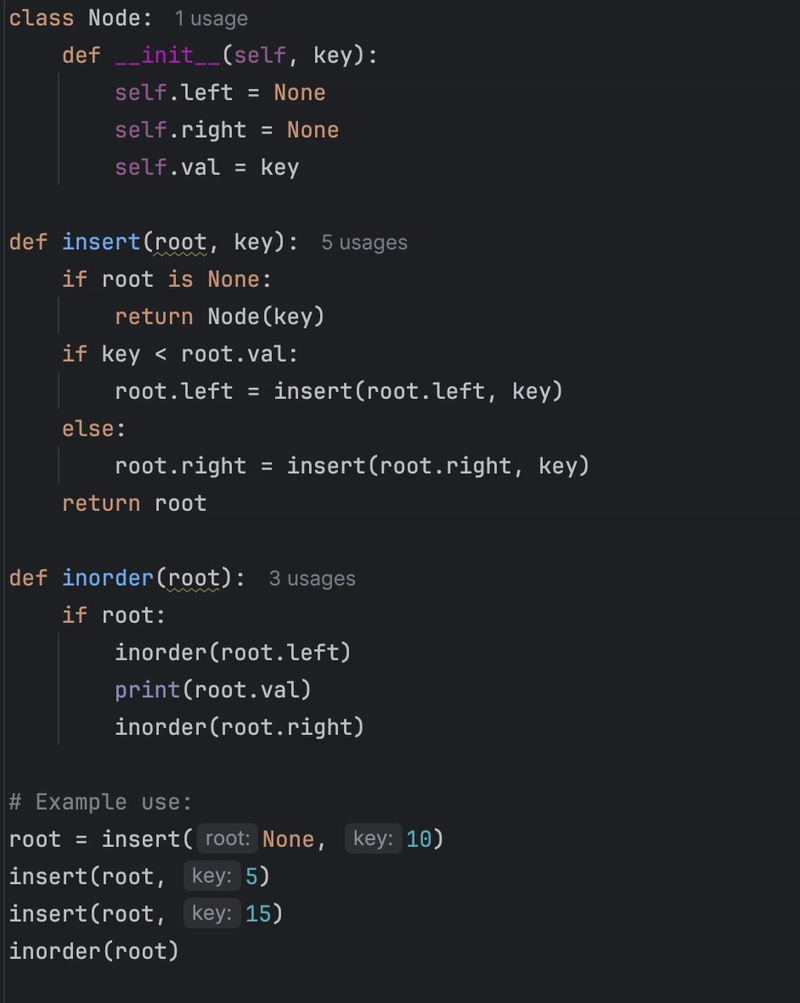
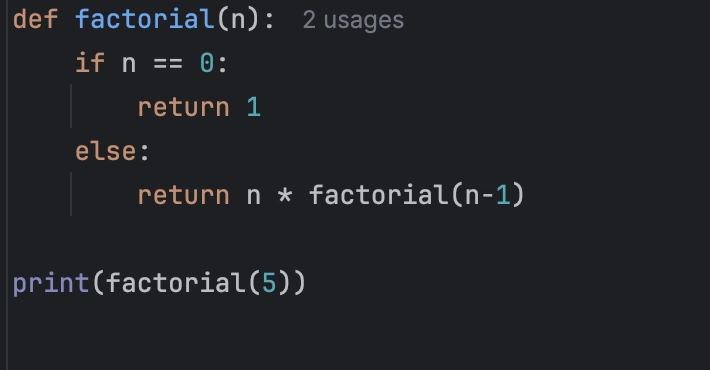
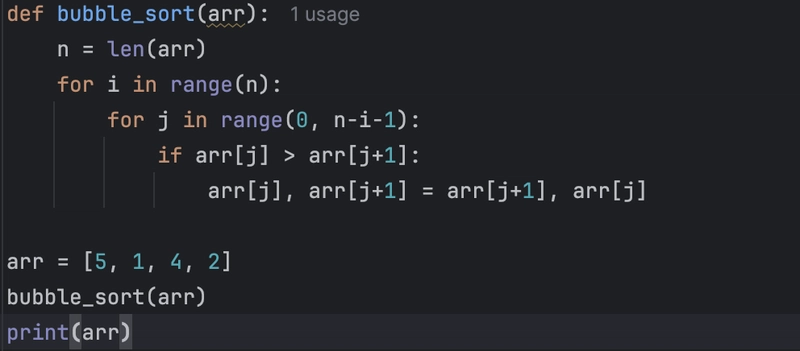
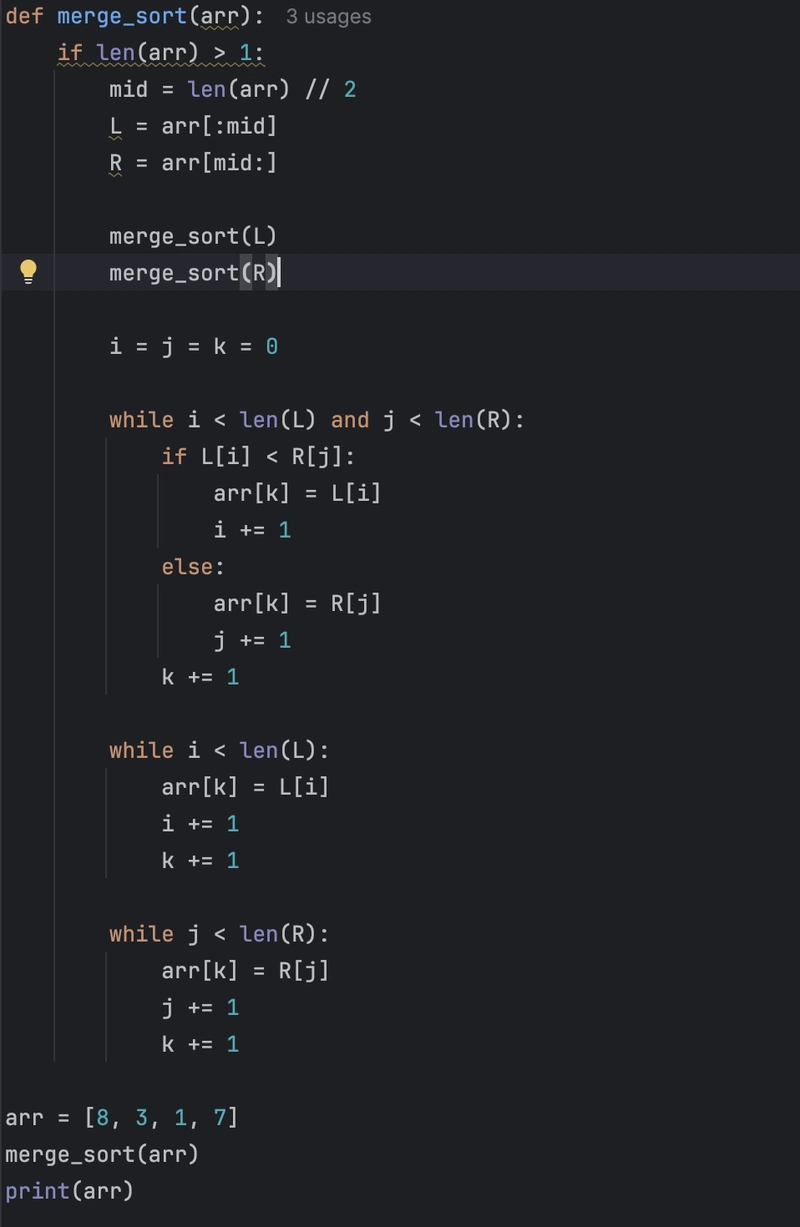
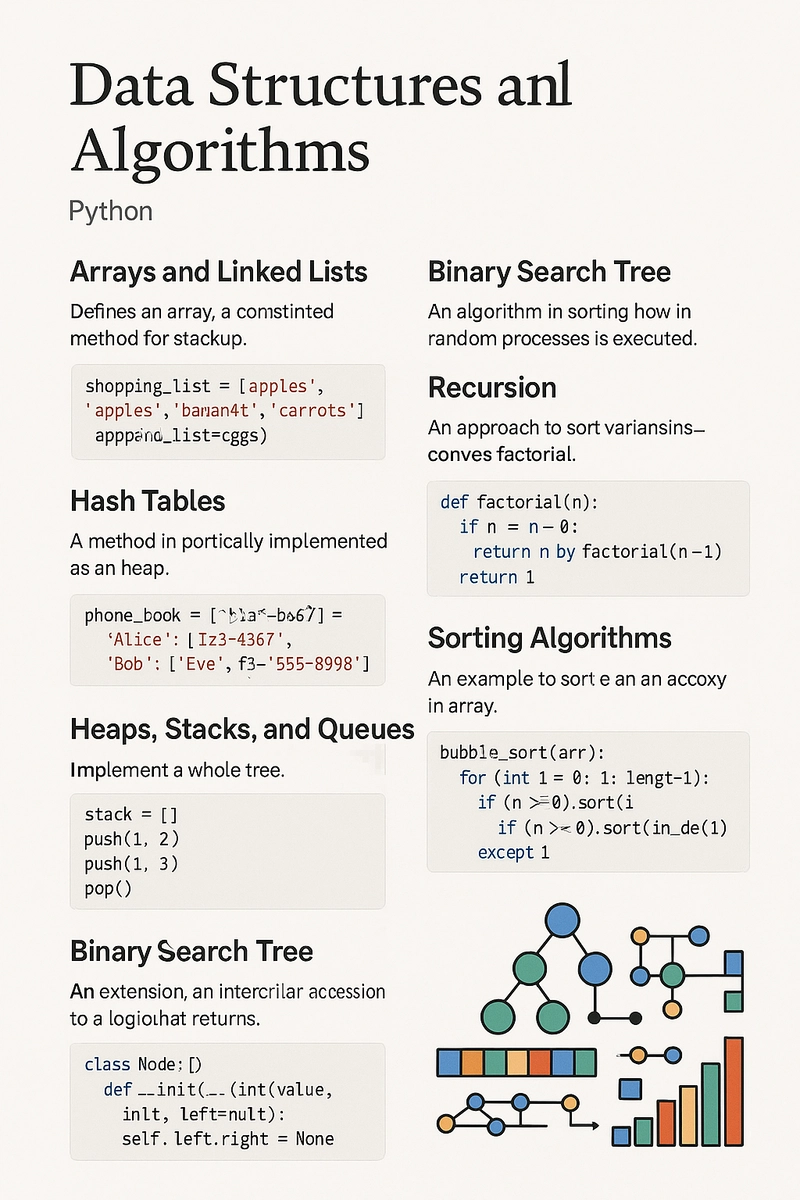






暂无评论内容